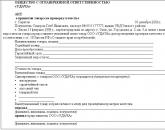Cost of sales is... Calculation of cost of sales
If you are engaged in the production or resale of certain goods, then for you the cost of sales is one of the most important indicators of the profitability of a particular product. To calculate this cost, you need to determine the price of the inventory you have at the beginning and end of the tax year.
Who needs it?
Cost of sales is an important indicator for those people who are engaged in wholesale or retail trade, direct production or business activities related to the purchase or sale of goods for profit. Thus, this term in no way refers to people engaged in business activities in the field of personal services, including lawyers, doctors, painters or carpenters, unless they are involved in the sale of various supplies or materials.
How to make calculations?
The cost of sales is the result of detailed calculations for a certain period of time. In order to determine it, you need to know the following indicators:
- The price of the inventory you have at the beginning of the year. In the event that it differs from the price of inventory held at the end of the previous year, you should attach a detailed explanation.
- The cost of all kinds of purchases are excluded from here those goods that were taken by you for personal use.
- Costs that have been allocated to pay employees. You should also exclude any amounts allocated only for yourself.
- The price of materials, as well as all necessary supplies.
- All other costs.
Having determined all these parameters, you can calculate the cost of sales. These are the most important indicators that should be present in your reporting.
To make the calculation, you need to add up all these characteristics, and also determine the value of the inventory that is present at the end of the year. Simply subtract the sum of all the above indicators from the value of the inventory that you have at the end of the year - and you can determine the cost of selling products.
Inventory price at the beginning of the year
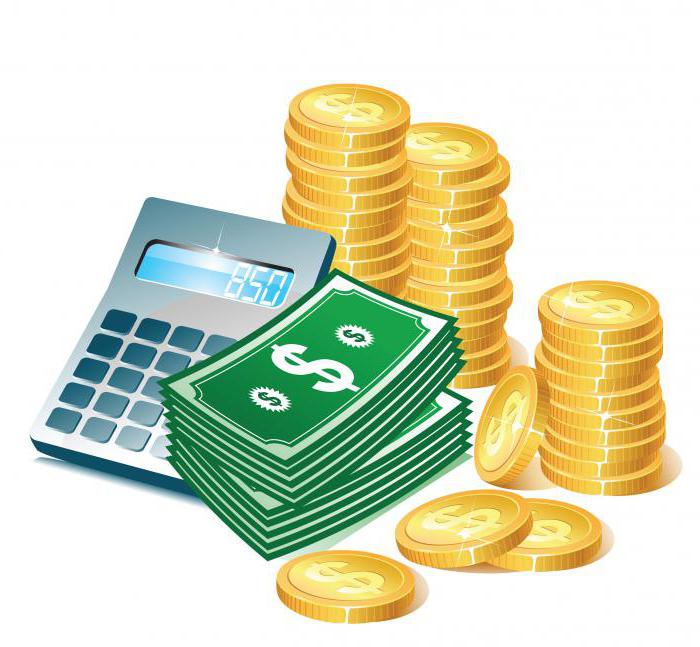
If you are in retail, then the price of your initial inventory will be the value of all the goods you have at the beginning of the year that you intend to sell to customers. In the event that you are engaged in production, then for you this indicator will be the total cost of all kinds of semi-finished products, raw materials, finished products and any supplies you need in the production process.
The opening inventory in most cases is exactly the same as it was at the end of the previous year, but if you have a discrepancy in these figures, you should determine the reason for them on the form attached to your tax return.
Donation to charity
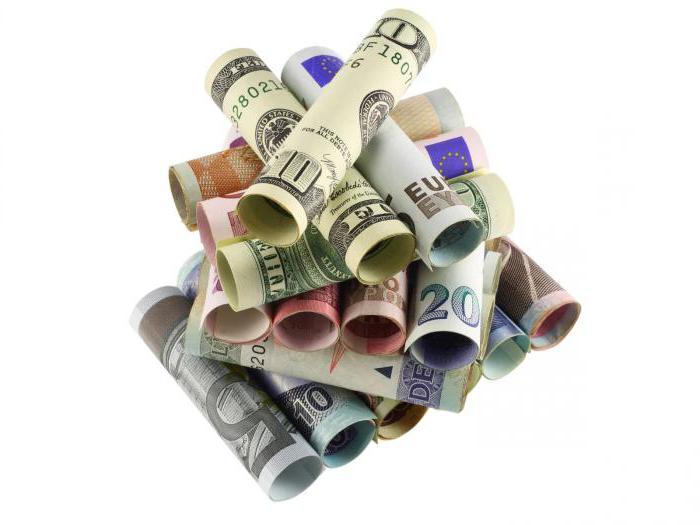
In the event that your company donates its own goods to charity, you can deduct from the taxable base either the fair market value of all donated products, or their base - it all depends on which indicator is lower. The donated item base is any inventory expense you incurred in prior years that you would otherwise have to include in the price of your opening inventory for this year. You will need to subtract the price of all donated products from the cost of the initial inventory, as it is not part of the cost of goods sold.
In the event that you did not include the value of all donated items in the price of your initial inventory, the donated product base is zero and you do not have the right to deduct this donation from your taxable base. In this case, the posting of the value of such products is carried out by the standard accounting method.
illustrative example
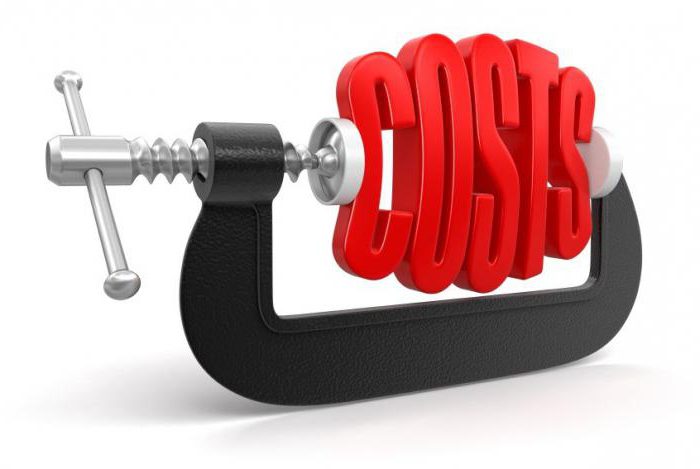
You are a taxpayer using the standard calendar tax year and accrual technology. In 2015, you decided to donate property to a particular church with a fair market value of €600. According to the rules, in the price of the final inventory for 2014 you included the cost of acquiring this property in the amount of 400 euros, and in the same year you deducted administrative and other costs in the amount of 50 euros related to this property . You posted these costs as business expenses.
For 2015, you can deduct this donation only in the amount of 400 euros, since 200 euros is an amount that would be your ordinary income if you sold this property at a fair market price. The cost of goods sold, which is the basis of your gross income calculations, will not have to include this €400, so you can deduct it from the total price of opening inventory for that year.
Deduction of goods that were taken for personal use
If your primary activity is trading, you will need to deduct the cost of all items you purchase to sell. In the case of manufacturing activities, you will need to consider the full cost of raw materials, parts or assemblies required to produce your final product.
Discounts
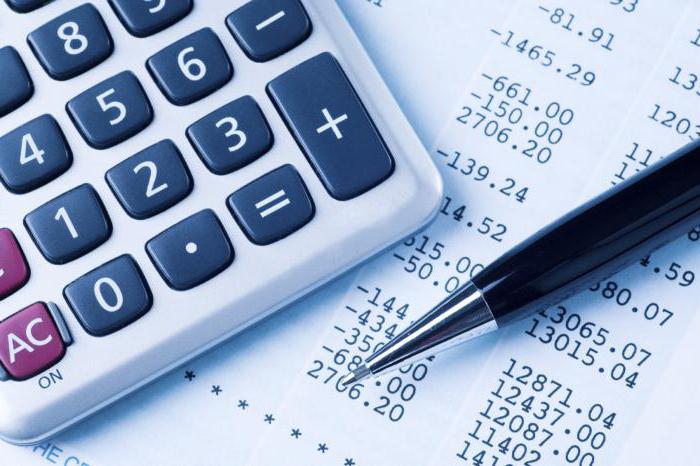
The difference between the price originally published and the actual price paid by the buyer when purchasing the product is called the sales price discount. When calculating the cost of purchased products, you need to use not the initially published prices, but the prices that were actually paid. Accounting for the cost of sales provides for the absence of the indication of the amount of discounts as a separate item of gross income.
Thus, a car dealer, when calculating the cost of cars sold, must first deduct any factory discounts from it.
What are the discounts when buying with cash?
The Instant Checkout Cash Discount is an amount that a supplier allows you to deduct from your invoice for purchased products to use as an instant checkout incentive.
When calculating the cost of sales of a service or goods, you can record these discounts using one of the following accounting technologies:
- record them on credit of a certain discount account;
- subtract them from the total purchases for that year.
Regardless of which method you will use, you need to do everything consistently and systematically.
If such discounts are credited to a separate account, you will need to report a credit balance at the end of the tax year in the amount of total business income. It should be noted that the use of this method does not provide for the subtraction of the discount from the cost of goods sold.
Withdrawal from sales

If certain items are removed from sale for personal or family use, their cost must be deducted from the total price of the items you purchased for sale. To do this, when the cost of sales is calculated, the invoice must contain the cost of these goods on credit for sales or purchases, and this amount must be debited from your expense account.
The latter is a separate account designed to keep records of entrepreneurial income, which is withdrawn to pay for any personal expenses of the entrepreneur or his family.
Salary
In the vast majority of cases, when cost of sales is calculated, the calculation of labor costs is considered as a separate element of cost of goods sold only in mining or manufacturing enterprises. Small trading companies often do not have their own labor costs, providing for the possibility of attributing them to the cost of goods sold. In companies engaged in the manufacturing industry, any labor costs necessarily include not only direct, but also indirect costs necessary for processing raw materials into finished products.
Salary of production employees
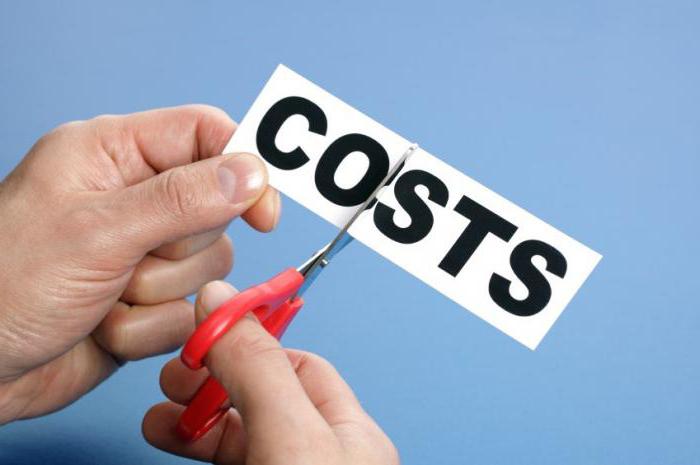
When the cost of sales is calculated (the calculation formula was indicated above), this item includes the salary of all employees who were employed in a particular production of this product for a full time. It is worth noting that this category also includes the salaries of part-time employees in the event that you have the opportunity to calculate this component of their salary.
Other labor costs
These costs must be deducted from the taxable base as administrative or selling expenses, since it is impossible to calculate the cost of sales according to the rules with the inclusion of these costs. The only type of labor costs that, in accordance with the rules, can be taken into account when calculating the cost of goods sold, are the wages of auxiliary and production employees, as well as various labor costs considered as overhead costs.
Materials and supplies
All kinds of materials and supplies, including various chemicals and components necessary for the production of a particular product, must be recorded when calculating the cost of sales. Postings of chemicals and parts that do not go into the production of products are carried out as deferred expenses, deductible from the tax base as standard business expenses (depending on the use of these materials).
Popular
- How to get a TIN: possible ways
- What kind of business can you do?
- Written notice of termination of the lease
- Business from scratch. Things to do?
- Cost of goods sold: formula, methodology and calculation example
- How to write a vacation application - examples
- What kind of business can be opened in a small town or village?
- The formula for calculating the cost of services, products sold and total cost
- Sample memorandum: I bring to your attention
- Example of an explanatory note for being late for work

